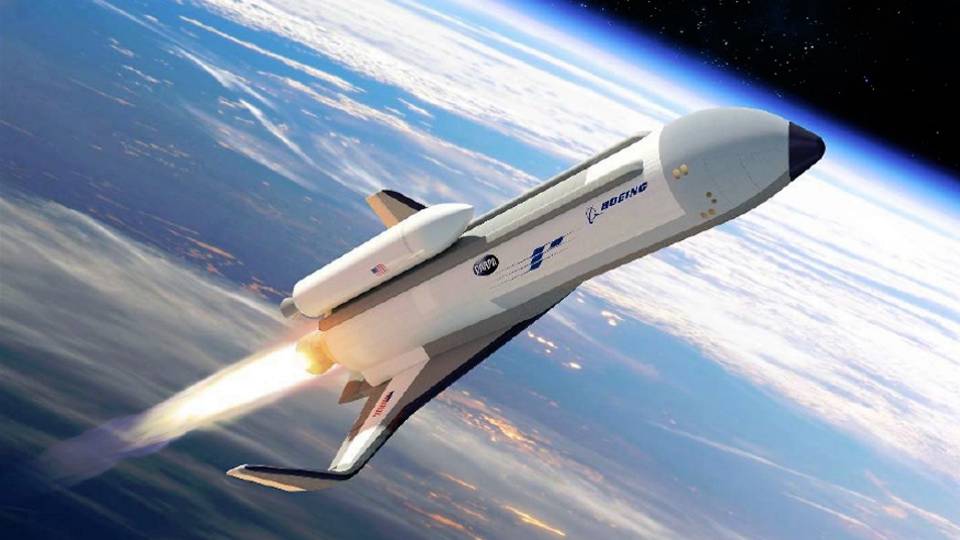DARPA Picks Boeing to Build its New Space Plane
The research agency hopes its XS-1 jumpstarts a whole new industry of very-low-cost satellite launches.
Boeing did such a good job plotting out the commercial future of a reusable satellite-launching plane that they’re going to get to build it — and just maybe, launch a whole new low-cost satellite industry.
On Thursday, the Defense Advanced Research Projects Agency, or DARPA, announced that Boeing had won the contract for Phases 2 and 3 of the XS-1 “space plane,” a reusable craft meant to launch 10 satellites in 10 days by 2021 or so, a goal that is key to the future of global military satellite communications.
“We’re very pleased with Boeing’s progress on the XS-1 through Phase 1 of the program and look forward to continuing our close collaboration in this newly funded progression to Phases 2 and 3 — fabrication and flight,” program manager Jess Sponable said in a Thursday press release.
Phase 2 covers the manufacture of the craft and Phase 3 covers final testing: 12 to 15 flights in 2020.
Being able to launch a satellite into low earth orbit every day would be a huge boost to the military. Currently, it costs about $350 million to launch a 1,500- to 3,000-pound satellite, and that’s far less than when the space plane program was originally conceived. By contrast, DARPA hopes the hypersonic XS-1 will do each job for $5 million.
Ultimately, DARPA officials want to give the XS-1 to a private company to own and operate, so long as the company keeps launching the military’s satellites, according to a 2016 presentation Sponable gave last year. In the same way that the military is looking increasingly to the commercial market for services, DARPA doesn’t want a “military space plane” so much as it wants a viable space-plane industry that can run missions for the military.
Boeing has experience in reusable spacecraft design, having built the Air Force’s X-37 Orbital Test Vehicle, which reaches spaces aboard a rocket launch vehicle but returns to earth as a plane.






















